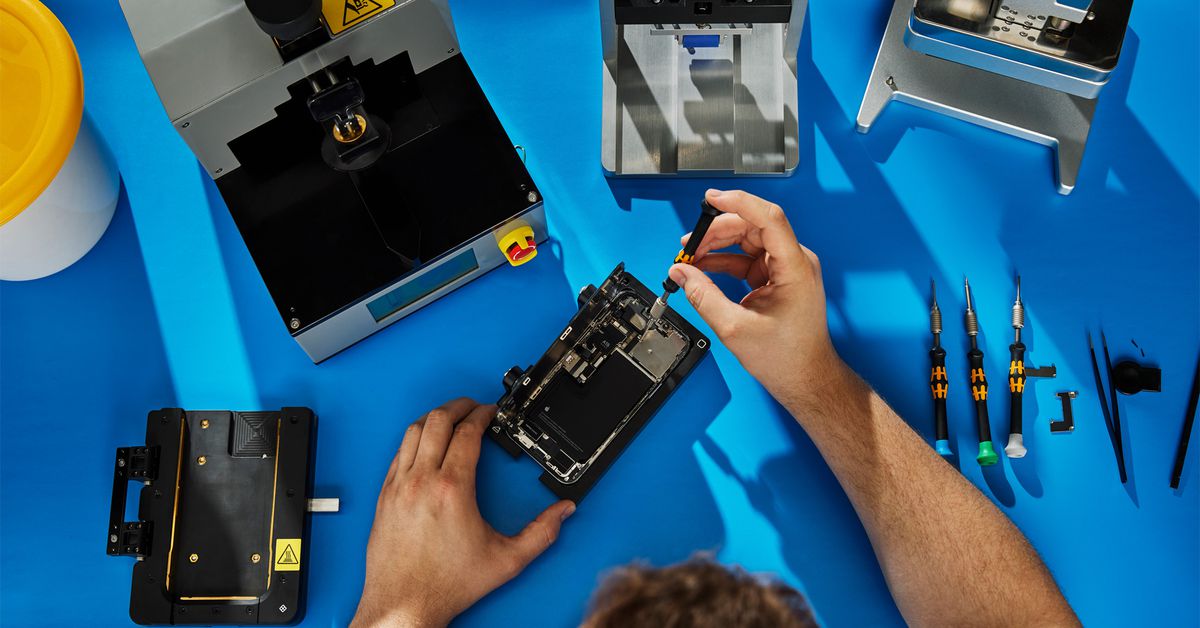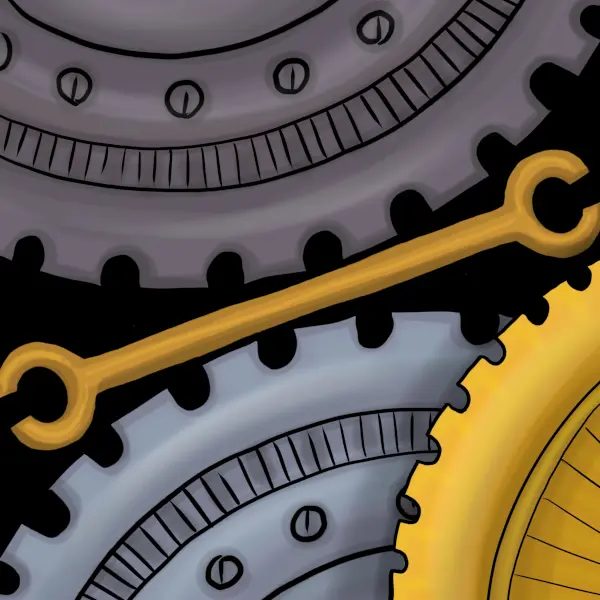California passes right-to-repair act guaranteeing seven years of parts for your phone::On September 12th, California passed SB 244 to its state Assembly, becoming the third state to pass a right-to-repair bill.
Misleading headline: it has not yet passed. It passed both the house and senate, but has not been signed by Gavin Newsom.
To be fair, that’s effectively passed, isn’t it? This isn’t the kind of bill where we’d expect a veto, so getting passed in the house and senate is practically all the work.
A right to repair bill made it just as far in NY and the Governor absolutely sabotaged it.
Surely that’s just a matter of time since he’s not at all beholden to the abusive industry fighting this, right? …Right??
Do they also guarantee 7 years of parts for your electric car?
I’ve always wondered how there are auto parts for almost any major auto for years on end. Never enough to research it, but it’s curious.
wondered how there are auto parts
Because they produce them.
The newer car makers have yet to learn a lot in this regard.
Actually it’s way, way more complicated than that. The big automakers outsource most of their parts production. So any given part like a tail light or outside mirror is being manufactured by a third party. The automaker will place an order for say, a million tail lights to FOO manufacturing that specializes in tail lights. FOO manufacturing will then make 1.2 million of them and sell the extra 200,000 to auto parts stores, auto body shops, online retailers, etc. They’ll also retain the molds and templates necessary to make new ones should there be market demand.
Tesla makes all their own parts (mostly) and the market for aftermarket Tesla parts is quite small. This means there’s very little incentive for 3rd parties to step in and make Tesla parts. The side effect of this is that you can buy replacement parts for cars made by the big automakers for decades whereas parts for Teslas can become scarce once their production run is over.
Note: There’s a whole 3rd party market for unofficial parts/clones that I’m not going to go into. That’s where auto parts manufacturing and stocks get really complicated.
Dealers make more fixing them, than they do selling them often times too.
Between needing to be able to service warranties on new cars and parts commonality across different models, it makes sense for a manufacturer to contract their suppliers to continue to produce parts outside what’s needed for initial production (to a point).
After all, if a warranty outlier or defect develops down the road, it’s a lot more expensive to reinstall old tooling and restart production than to just have extra parts on hand.
The aftermarket also plays some role, especially when you get into vehicles with longer service life applications (trucks, emergency vehicles, taxis, etc.)
Meanwhile my 1951 tractor still runs strong. I’m a big right to repair guy (lord knows I’ve repaired that thing a million times) and I celebrate the victory, but these laws are a tiny step in our profit-driven, disposable world. Repairability and longevity need to be fundamental design considerations. We’ll never get there with ticky tack regulations on a world where modern tractor manufacturers go out of their way to install computers on their tractor specifically so you can’t repair it yourself.
Dad, I thought it was a 1954 International Harvester. Also, since when are you on Lemmy? ;)
Your dad sounds awesome. Is it the kind with a narrow front? Those 50s IH tractors are sweet, but most of the ones around here have the narrow fronts, and it’s so hilly that I’m mortified of them. Mine is a Ford 800. Absolute beast of a machine, and it’s older than my parents!
Tell your dad to join Lemmy so we can start an antique tractor community!
Turns out I was off by a decade. 1964 farmall 140. Front grill is white mesh that is bent in 90 degree vertical steps. Love that the grills are such an identifier. Very postwar almost brutalist modern. Not the deco modern of the 40s-50s models. EDIT: not narrow front, but I guess that’s a given for a 60’s model?
That thing sounds awesome dude. I bet your dad has tons of awesome memories on it, and tons more swearing at it. Upload a pic if you’ve got one!
How do you get replacement parts for your 1951 tractor?
'51 truck and '63 tractor here - you’d be surprised! For the majority of standardized things (seals, bolts, bulbs, etc) it’s easy enough to find a cross reference table, and just order the part from napa or Grainger.
For more specialized things (like if you break an input shaft), eBay or any number if specialized stores online will have original parts that have just been sitting in a warehouse for the past 70 years. Here’s one of my main sources for the truck: https://shop.midwestmilitary.com/product-category/m37/
Occasionally I do have to fabricate a replacement.
Ah, I see you beat me to it. Glad to see a fellow antique tractor enthusiast on lemmy. Here’s a pic of mine. Your turn!

Nice, that’s in great shape! Love the front loader, all I’ve got for hydraulics is the 3 point on the rear. I’ll snap a pic tomorrow and add it to this comment.
They’re widely available online or even in person at auto parts stores, which in rural places double as tractor parts store. My local NAPA is quite good at tractor parts. This seems almost a miracle to us but it’s possible specifically because old tractors were designed for repair. They have shockingly few parts when compared to modern ones, and the parts that they do have are so, so much more common across different makes and models.
I usually have an easier time finding parts for my 1950s tractor than my fucking 2007 GMC Canyon, which also breaks more often than my 70+ year old tractor.
This is good for all of us, as California is big enough that what companies do for them they do for all
The small motor industry broke that tradition. There are CARB compliant motors/equipment for the CA market, but if you’re not in CA or the 14 other states that adopted CARB, you can get cheaper non-CARB compliant motors/equipment. Industry decided it was more profitable to split the market.
Sure, that’s because California compliant motors have equipment added to make them compliant, it’s easy to continue selling those with the extra parts not installed
If you need repair equipment or parts, you’ll be able to buy them from California if your state doesn’t implement similar rules
Said this in a similar post, but the legislation doesnt prevent companies serializing their components, tying them to the software. Preventing completely independent repairs.
Why would you buy a phone from a company that serialises their components? C’mon, consumers aren’t that stupid! They would never spend money against their own good!
Great Irony aka Apple
Monopoly
And so they’ll just make those “replaceable parts” fail after 6 months and make them super expensive to purchase.
They are going to take your money no matter what.
All this is going to accomplish is severely limiting the number of devices available to the consumers.
Only a few brands and models will meet the standard to be able to be sold, creating a government backed monopoly and driving the prices of those devices through the roof, while simultaneously creating a black market for unapproved devices.
People will start shopping out of state for devices to be able to have any kind of choice and not have to pay $2k for their new phone.








